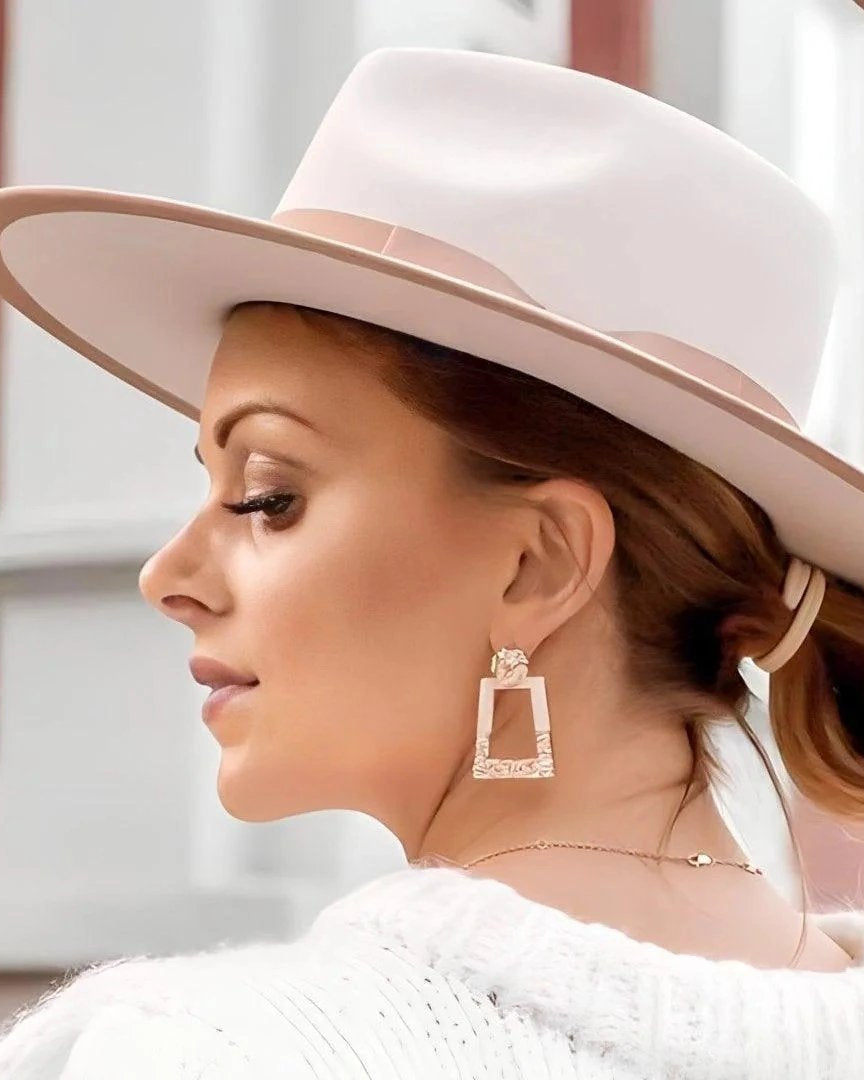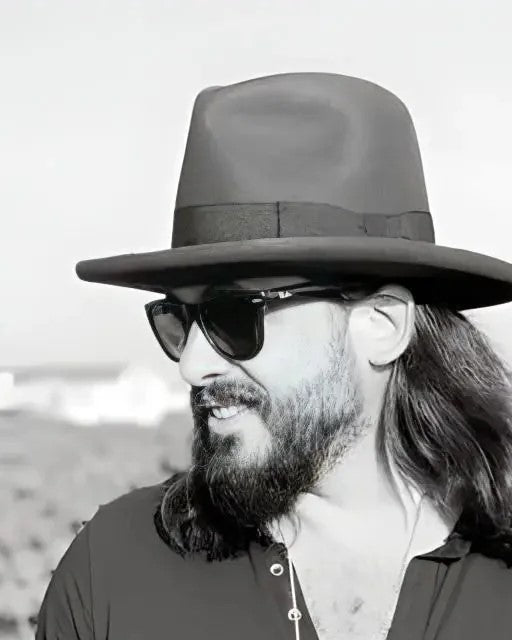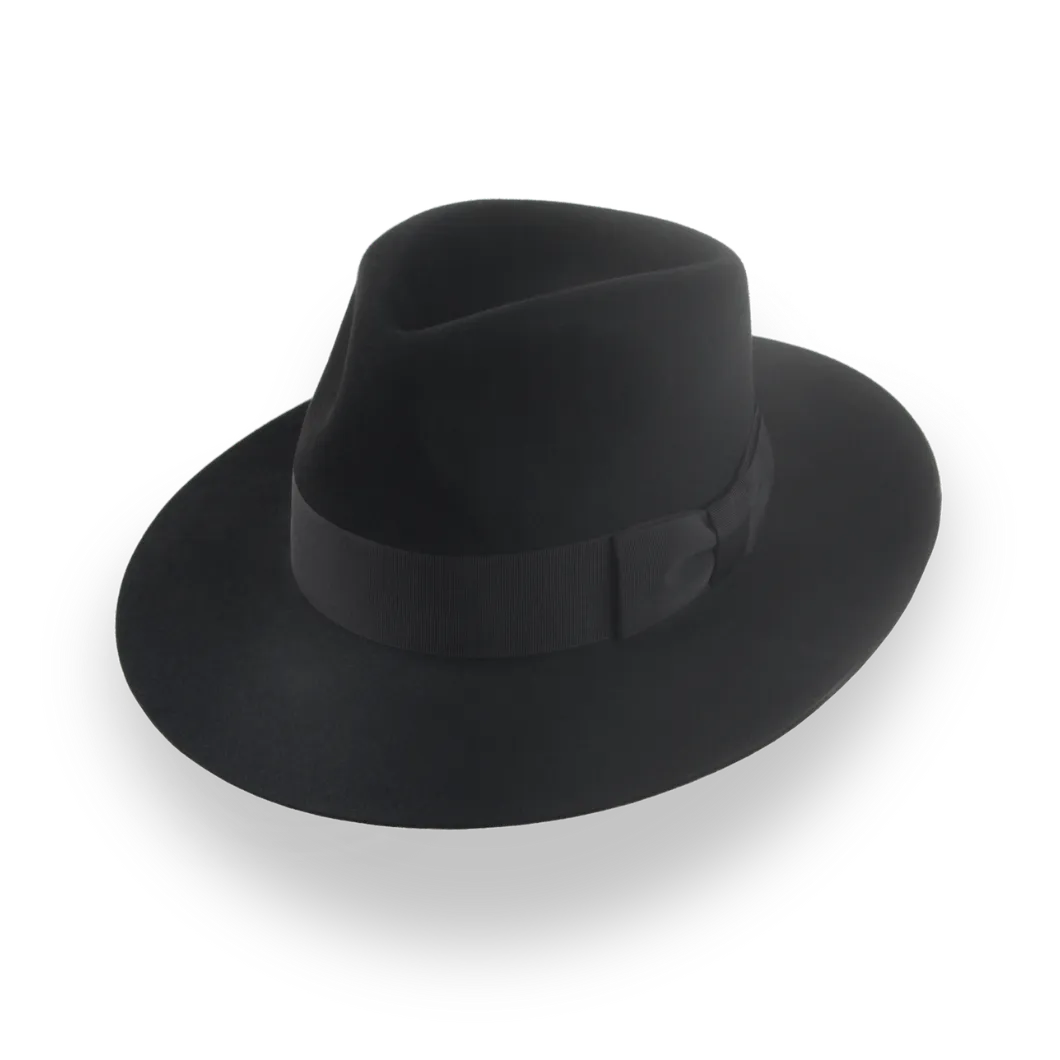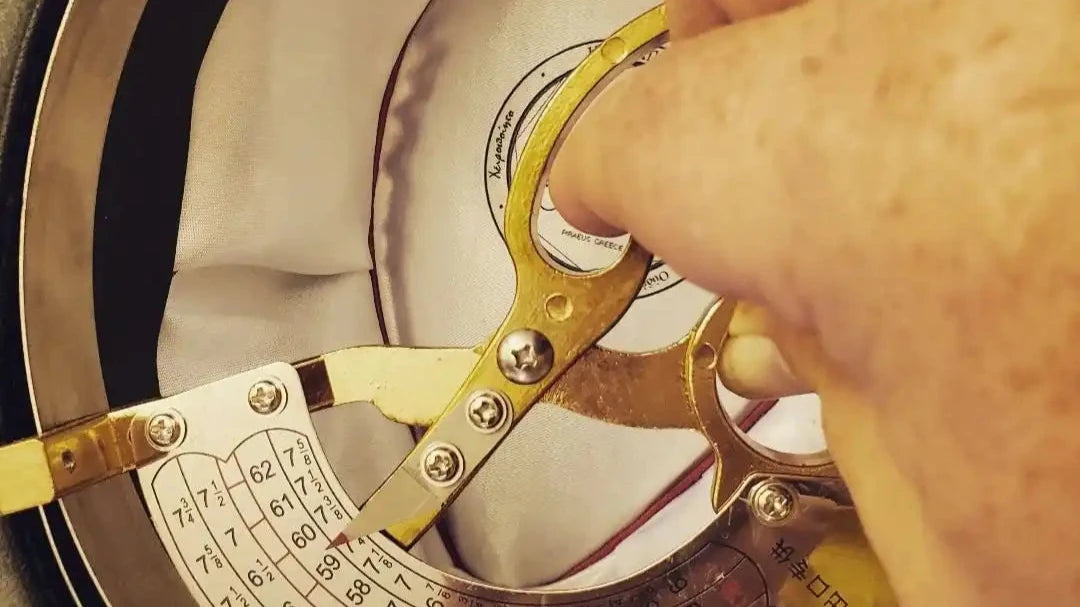From ancient times to modern fashion, felt hats have been an important part of human history. These versatile hats have been worn by nomads, nobles, and trendsetters, evolving from practical necessities to iconic fashion statements. Come with us on a journey through time as we explore the fascinating history of felt hats, from their humble beginnings to their current role as timeless accessories.
What's Inside: Your Guide to Felt Hat History
- Ancient Beginnings: How Felt Was Made
- Ancient Civilizations: Felt Hats in Early Cultures
- The Middle Ages: Felt Hats in Europe
- Renaissance and After: Felt Hats as Symbols of Status
- The Industrial Revolution: New Styles and Mass Production
- The 20th Century: The Golden Age of Felt Hats
- Modern Times: Revival and Reinvention
- Modern Trends in Felt Hat Fashion
- Frequently Asked Questions
- The Future of Felt Hats
- Conclusion: The Lasting Legacy of Felt Hats
- Suggested Reading
Ancient Beginnings: How Felt Was Made
The story of felt hats starts in ancient times, with the discovery of felt itself. Felt is a type of fabric made by matting and pressing fibers together, often using wool. It is thick, durable, and has been used by people for thousands of years. Felt is one of the oldest known fabrics and is thought to have been invented in Central Asia around 6000 BCE.
According to legend, St. Clement, the patron saint of felt hat makers, discovered felt by accident when he put wool in his sandals to prevent blisters during a long journey. By the time he arrived, the wool had been compressed by heat, moisture, and pressure, turning it into felt.
Archaeologists believe that early felt was made by nomadic tribes in Central Asia. These people used felt for many purposes, including clothing, tents, and hats. The oldest known felt hat, found in a tomb in Siberia, dates back to around 600 BCE.
Ancient Civilizations: Felt Hats in Early Cultures

As civilizations grew and trade expanded, felt-making spread throughout the ancient world. Different cultures created their own styles of felt hats:
- Phrygian Cap: A conical felt hat from ancient Anatolia (modern-day Turkey) that became a symbol of freedom and was later adopted by the Romans.
- Pileus: A simple, brimless felt cap worn in ancient Greece and Rome, often linked with the god Hephaestus.
- Persian Kulah: A tall, conical felt hat worn by Persian nobles, often decorated with jewels and feathers.
- Scythian Felt Hats: The nomadic Scythians of the Eurasian steppes made elaborate felt hats, some of which have been preserved for over 2,000 years.
The Middle Ages: Felt Hats in Europe

Felt hat making became very popular in medieval Europe, with hatters' guilds (groups of craftsmen who specialized in making hats) forming in major cities. The phrase "mad as a hatter" comes from this time because hatters used mercury in the felting process, which caused neurological problems.
Key developments during this time include:
- The wide-brimmed hat, which provided protection from the sun and rain.
- The creation of the conical witch's hat, possibly inspired by tall, pointed hats worn by medieval Jewish men.
- The flat cap, a popular hat among the working class in England.
Renaissance and After: Felt Hats as Symbols of Status
During the Renaissance, felt hats became symbols of social status and profession. The church, nobles, and different trades all had their own hat styles:
- The red felt hat, or galero, worn by cardinals, symbolized church rank.
- The wide-brimmed cavalier hat, decorated with feathers, was popular with the nobility.
- The black felt hat was linked to Puritans and religious reformers.

The Industrial Revolution: New Styles and Mass Production

The Industrial Revolution changed how felt hats were made. Machines, such as the hat-blocking machine, allowed for faster and more consistent production, making felt hats more affordable for the general public. Many classic hat styles were born during this time:
- The top hat, invented in the late 18th century, became a symbol of the upper class.
- The bowler hat, created in 1849, was made as a durable hat for gamekeepers but became popular with the working class.
- The homburg, introduced in the 1890s, became popular after being worn by Edward VII of England.
The 20th Century: The Golden Age of Felt Hats
The early to mid-20th century is often called the golden age of felt hats. During this time, many iconic styles were created:
- The fedora, made famous by 1920s Hollywood stars, became a symbol of sophistication.
- The trilby, a narrower-brimmed version of the fedora, was popular in the 1960s.
- The porkpie hat, loved by jazz musicians, became linked with the bebop era.
Modern Times: Revival and Reinvention
In the second half of the 20th century, people started wearing hats less often, but in the 21st century, felt hats have made a comeback. Today, felt hats are loved for their style, craftsmanship, and history:
- Vintage styles like the fedora and trilby are popular again in both men's and women's fashion.
- High-end designers are adding felt hats to their collections, often with new twists.
- Artisans are keeping traditional hat-making methods alive, making custom felt hats for customers.
- Sustainable fashion trends have increased interest in natural, long-lasting materials like wool felt.
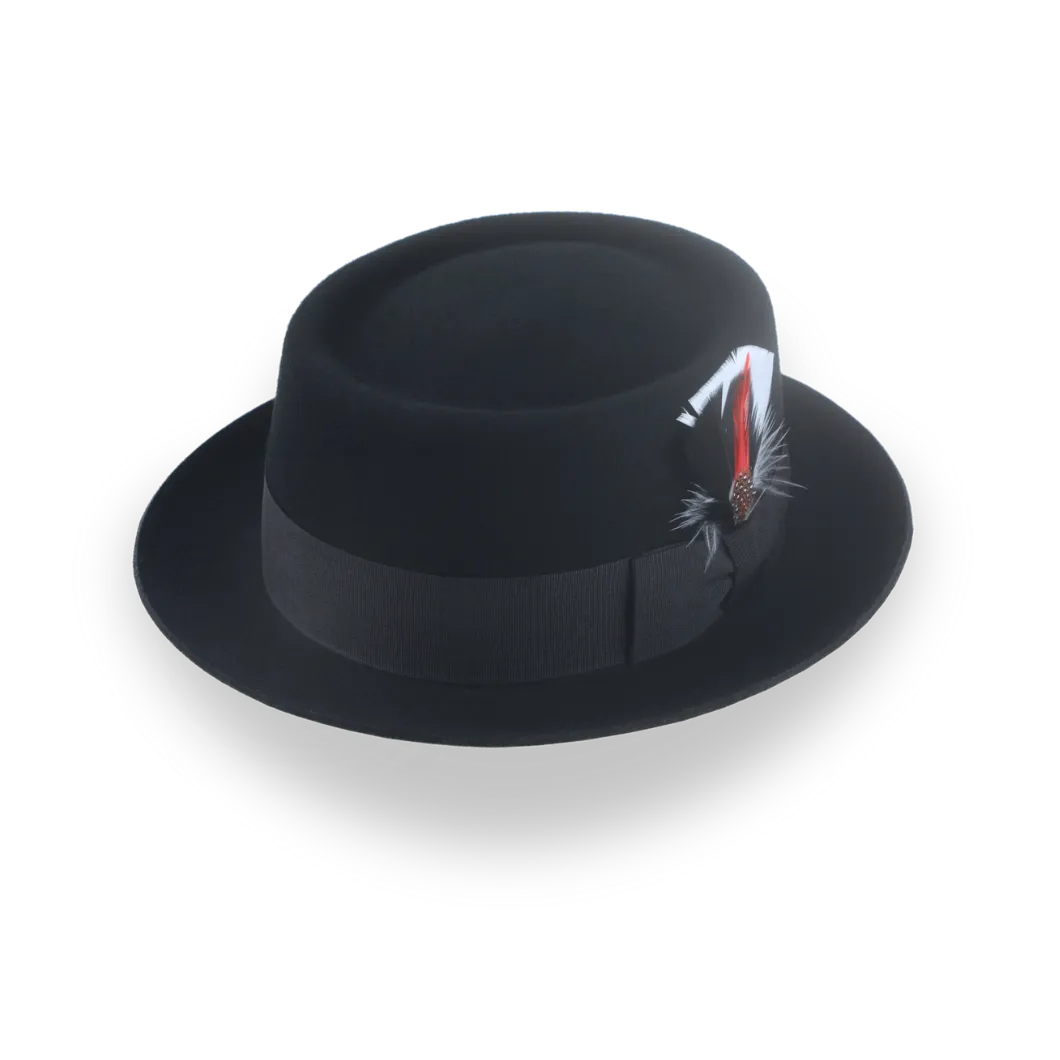
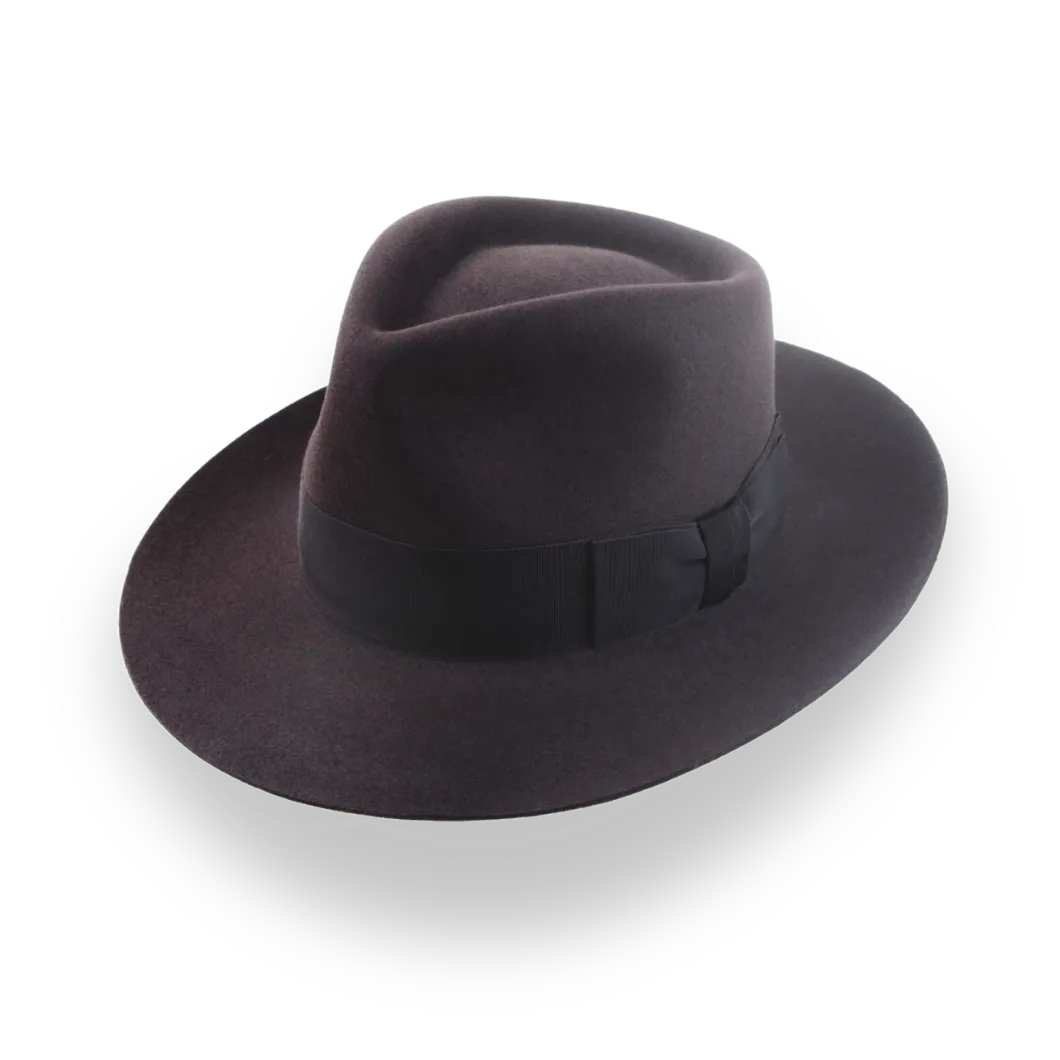
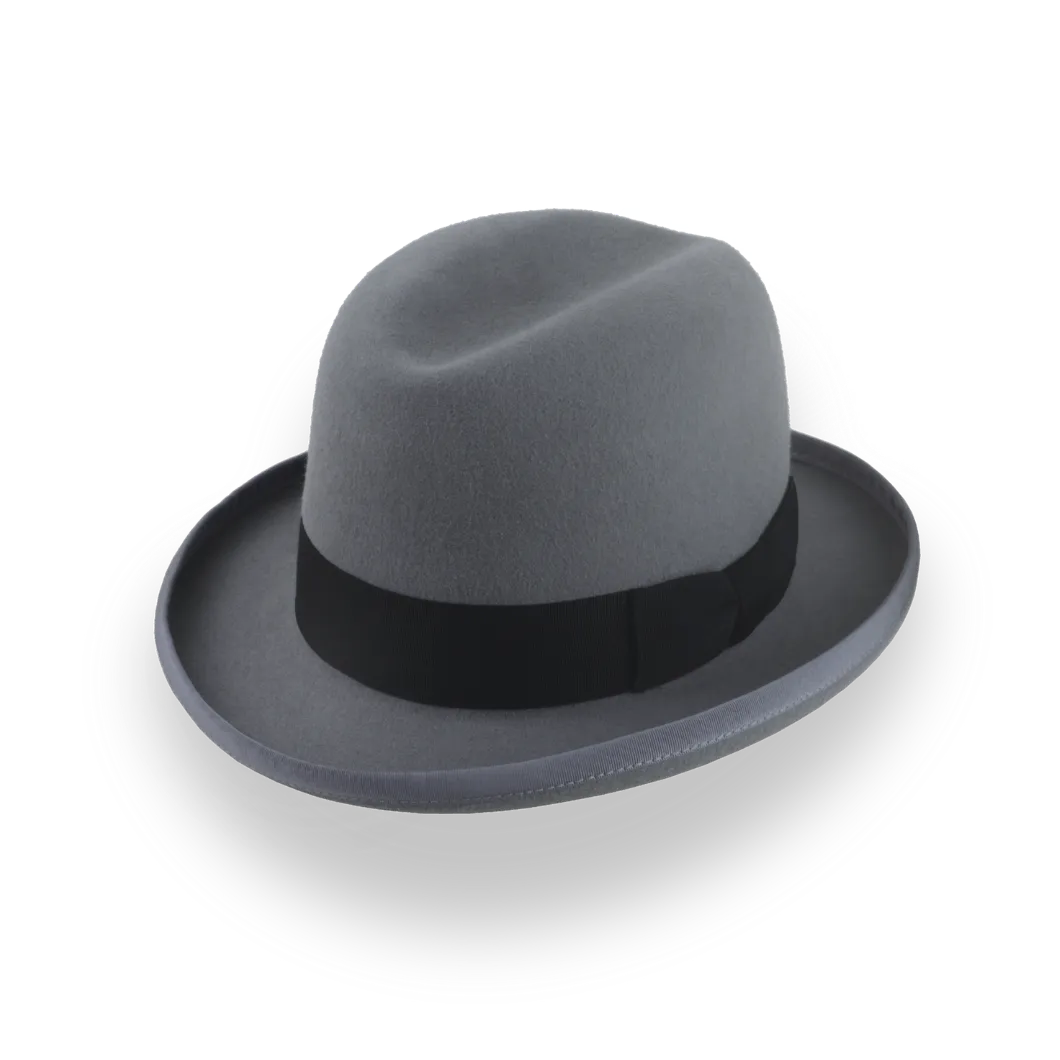
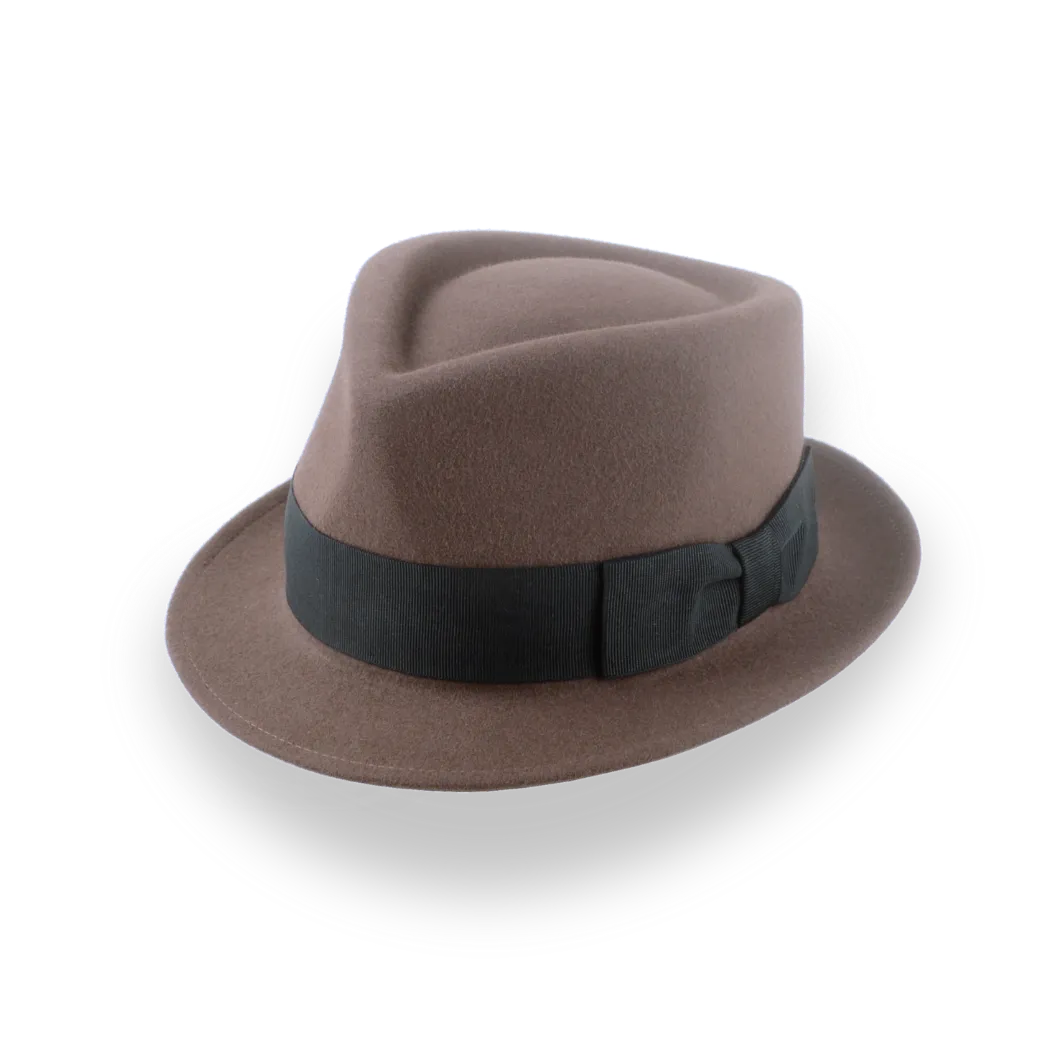
6000 BCE
Felt is believed to have been invented in Central Asia.
600 BCE
The oldest known felt hat is discovered in a tomb in Siberia.
Middle Ages
Felt hat making becomes popular in Europe, with hatters' guilds forming in major cities.
Late 18th Century
The top hat is invented and becomes a symbol of the upper class.
1849
The bowler hat is created as a durable hat for gamekeepers.
1890s
The homburg is introduced and popularized by Edward VII of England.
1920s
The fedora becomes popular, symbolizing sophistication in Hollywood.
1960s
The trilby gains popularity as a narrower-brimmed version of the fedora.
21st Century
Felt hats experience a revival, blending traditional craftsmanship with modern fashion.
Modern Trends in Felt Hat Fashion
As we go further into the 21st century, felt hats are still evolving and staying trendy. Let's explore some of the current trends:
Sustainable and Ethical Production
Many hat makers are focusing on making hats in a sustainable and ethical way:
- Using organic, cruelty-free wool and fur from responsible farms
- Saving water in the felting process
- Using alternative materials like recycled fibers or plant-based felts
- Fair labor practices and artisanal craftsmanship
Customization and Personalization
Technology has made it easier for people to get customized hats:
- Online platforms let you order made-to-measure felt hats
- 3D printing helps create custom hat designs and accessories
- Augmented reality apps let customers try on hats virtually
- Personal touches like embroidery or monogramming
Streetwear and Urban Fashion
Felt hats are becoming popular in streetwear and urban fashion:
- Snapback-style felt caps mix urban style with traditional materials
- Colorful or patterned felt bucket hats
- Collaborations between traditional hat brands and streetwear labels
Gender-Neutral Designs
Felt hats are also becoming more gender-neutral:
- Unisex styles that anyone can wear
- Reimagining traditionally gendered styles for everyone
- Versatile designs that can be worn in different ways
Reviving Forgotten Styles
Old hat styles are making a comeback:
- The homburg, once popular with diplomats, is making a return
- The capotain, a tall hat worn by Puritans, is being updated for modern fashion
- The bicorne, famously worn by Napoleon, is inspiring avant-garde designs
Frequently Asked Questions
- Round faces: Choose hats with sharp lines, like fedoras or trilbies.
- Oval faces: Most hat styles will look good on you.
- Square faces: Pick hats with rounded crowns and curved brims to soften angles.
- Heart-shaped faces: Go for styles with wider brims to balance a narrow chin.
- Long faces: Hats with low crowns and wide brims will add width.
- Store it in a cool, dry place when you're not wearing it.
- Use a soft brush to remove dust.
- If it gets wet, let it air dry naturally.
- Use a lint roller to remove hair or fuzz.
- For tough stains, get it professionally cleaned.
- You can reshape the brim and crown using steam if needed.
The Future of Felt Hats
Looking ahead, felt hats continue to change and stay relevant. Some trends include:
- Adding technology, like built-in headphones or smart features.
- Using new sustainable materials and production methods.
- Offering customization and personalization options.
- Bringing back historical styles with modern updates.
Conclusion: The Lasting Legacy of Felt Hats
As we have seen, the history of felt hats is rich and woven into the fabric of human history. From practical headgear for nomads to modern fashion icons, felt hats have shown incredible versatility and staying power.
In a world dominated by fast fashion, felt hats stand for craftsmanship, tradition, and timeless style. Whether you like the classic look of a fedora, the bold statement of a wide-brimmed hat, or the innovative designs of today's hatmakers, there's a felt hat for every taste and occasion.
Looking to the future, felt hats will keep evolving, adapting to new technologies, sustainable practices, and changing trends. But at their core, they will always carry with them the weight of history and the timeless appeal that has made them beloved for thousands of years.
So, the next time you wear a felt hat, remember that you're not just wearing a piece of fashion—you're part of a tradition that spans thousands of years, connecting you to a rich history of creativity, craftsmanship, and self-expression.
Whether you're a hat enthusiast, a fashion history fan, or just someone who appreciates the artistry of a well-made hat, the world of felt hats has something to offer. From ancient felt caps to new designs, these versatile accessories continue to inspire, proving that some traditions never go out of style.
Suggested Reading

An Illustrated History Of The Hat From The Earliest Ages To The Present Time
by John Nicholas Genin
View on Amazon
